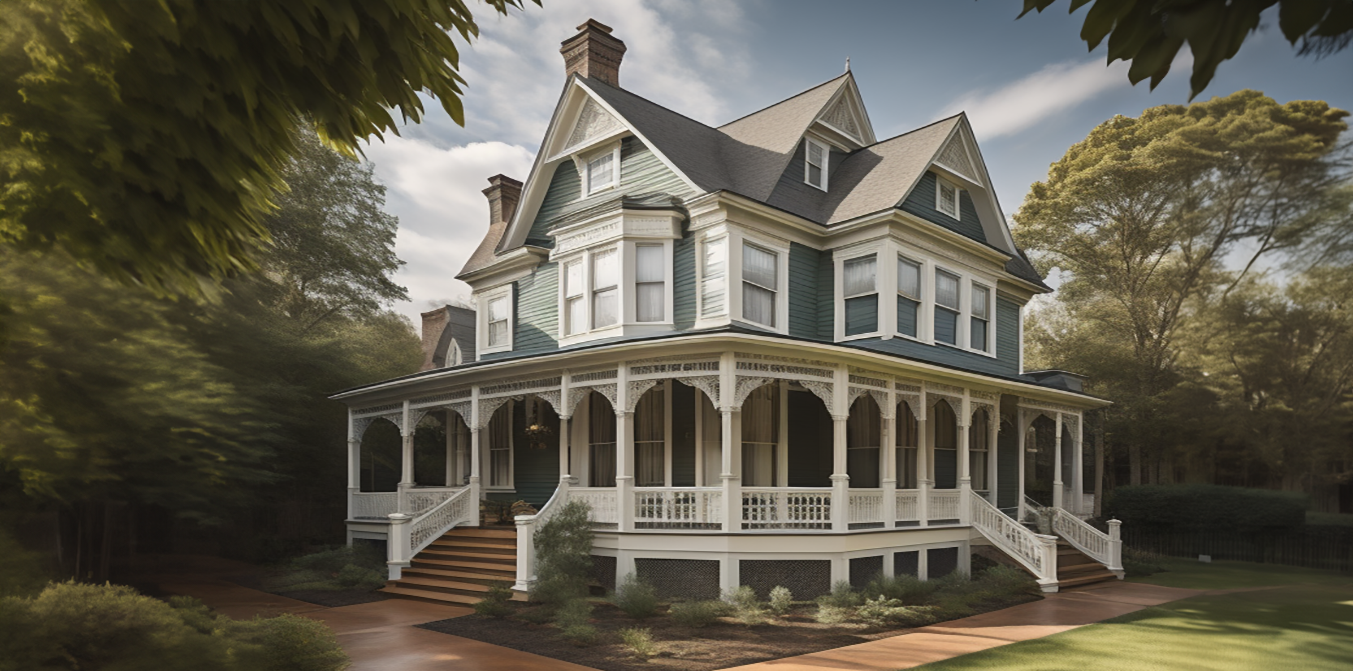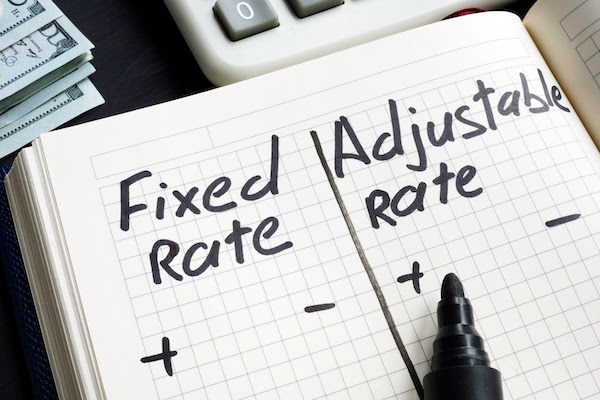Historic homes, particularly those in Victorian and farmhouse styles, are gems of the past. Owning one of these properties is like holding a piece of history in your hands. However, selling them can be a challenge due to their distinctiveness and sometimes aging structures. To successfully market these unique properties, real estate agents and homeowners need to employ creative and effective marketing methods that highlight the charm and character of these historic abodes. In this article, we will explore some unique marketing strategies for selling Victorian and farmhouse-style homes.
- Leverage the Power of Storytelling
Every historic home has a unique story to tell. To engage potential buyers, tell the tale of the house’s history. Share anecdotes about previous owners, any notable events that took place in the home, and any renovations or updates that have been made while preserving its historic charm. Create a captivating narrative that invites buyers to become part of the home’s ongoing history.
- Highlight Architectural Features
Victorian and farmhouse-style homes are known for their distinctive architectural features. Make sure to emphasize these in your marketing materials. Showcase the intricate details of the Victorian era, such as ornate woodwork, stained glass windows, and decorative trim. For farmhouse-style homes, highlight the large, welcoming porches, exposed wooden beams, and rustic finishes. High-quality photographs and videos can bring these features to life and attract potential buyers who appreciate the unique craftsmanship of historic homes.
- Virtual Tours and 3D Walkthroughs
Incorporate technology to your advantage by offering virtual tours and 3D walkthroughs. These tools allow potential buyers to explore every nook and cranny of the property from the comfort of their own homes. By providing an immersive experience, you can capture the attention of out-of-town buyers and those who might be hesitant to visit in person due to distance or health concerns.
- Staging with a Historic Touch
Staging is an essential aspect of selling any home, but for historic properties, it should be done with a keen eye on maintaining the authenticity of the era. Collaborate with a professional stager who specializes in historic homes to create an interior design that complements the home’s original character. Choose period-appropriate furniture, decor, and colors to transport buyers back in time and help them envision themselves living in the space.
- Engage with Local Historians
Local historians can be invaluable allies in marketing historic homes. Reach out to historical societies and experts who can provide insights into the home’s history and the surrounding neighborhood. This information can be used to create informative brochures and online content that not only promote the home but also the rich history of the area.
- Host Themed Open Houses
Consider hosting themed open houses that align with the era of the home. For Victorian-style properties, a high tea event in the garden can create a charming atmosphere. For farmhouse-style homes, a rustic barn barbecue can set the mood. These events not only attract potential buyers but also create memorable experiences that make the property stand out in their minds.
- Social Media and Online Marketing
Utilize the power of social media and online marketing to reach a broader audience. Create visually appealing content on platforms like Instagram, Pinterest, and Facebook that showcases the home’s unique features and charm. Use targeted ads to reach potential buyers who have shown interest in historic properties.
Conclusion
Marketing historic homes, especially those in Victorian and farmhouse styles, requires a combination of creativity, storytelling, and a deep appreciation for the property’s unique characteristics. By highlighting the historical value, architectural features, and charm of these homes, real estate professionals and homeowners can attract buyers who are eager to own a piece of history. Remember, it’s not just a home; it’s a piece of the past waiting to be cherished by its next custodian.
Thinking of selling? Call the experts in Historic Property sales at CENTURY 21 Keim Realtors, serving Eastern Pennsylvania, New Jersey and Delaware at 610-969-7200.
Find every property for sale in Eastern Pennsylvania, New Jersey and Delaware at www.Century21Keim.com or email us with a description of your perfect property and we’ll go to work! c21keim@gmail.com


 Facebook
Facebook
 X
X
 Pinterest
Pinterest
 Copy Link
Copy Link




 What are ARM
What are ARM 






